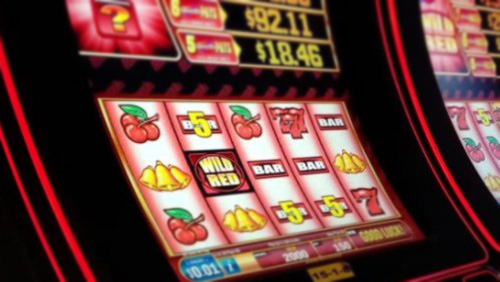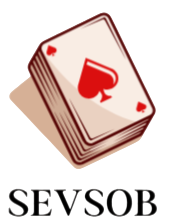Understanding the mathematics behind online slot odds is like unlocking the intricate mechanisms of a digital universe, where chance and computation dance in perfect harmony. At its core, the allure of online slots lies in the anticipation of each spin, the tantalizing prospect of hitting a winning combination, and the promise of potential riches. However, beneath the flashing lights and vibrant graphics, there exists a complex mathematical framework that governs every aspect of gameplay, from the probability of landing on specific symbols to the calculation of payouts. At the heart of online slot mechanics is the Random Number Generator RNG, a sophisticated algorithm designed to generate unpredictable sequences of numbers at lightning speed. This RNG ensures that each spin is entirely independent of the last, devoid of any pattern or predictability. It is akin to flipping a coin or rolling a die, where the outcome of each toss or roll is entirely random and unbiased. In the realm of online slots, the RNG serves as the engine driving the game’s probability engine, determining the outcome of each spin with precision.

Central to understanding slot odds is the concept of Return to Player RTP, which represents the percentage of wagered money that a slot machine will pay back to players over time. For instance, a slot game with an RTP of 95% will, theoretically, return 95 for every 100 wagered over an extended period. While RTP provides valuable insight into a game’s long-term profitability, it is essential to remember that individual spins are governed by randomness and can deviate significantly from this theoretical average. Another crucial factor in determining slot odds is the paytable, a comprehensive chart detailing the payouts for each winning combination. Paytables vary from game to game, with some featuring simple layouts and others boasting a plethora of bonus features and special symbols. Understanding the paytable is crucial for assessing the potential value of different symbols and determining the likelihood of hitting certain winning combinations. It is like deciphering the code of a digital treasure map, where each symbol represents a potential payout waiting to be uncovered.
Probability theory also plays a significant role in understanding slot odds, particularly when it comes to calculating the likelihood of landing on specific combinations. This involves analyzing the number of symbols on each reel, the frequency of each symbol’s appearance, and the potential payouts associated with different combinations. Through careful mathematical analysis, it is possible to determine the probability of hitting a jackpot or triggering a bonus round, shedding light on the elusive nature of slot odds. Furthermore, the concept of variance comes into play when discussing Slot Gacor odds, representing the degree of risk associated with a particular game. High-variance slots tend to offer larger payouts but with less frequent wins, creating a more volatile gameplay experience. Conversely, low-variance slots provide more consistent, albeit smaller, payouts, offering a less risky but potentially less rewarding gaming experience. Understanding the variance of a slot game is essential for managing bankroll and optimizing gameplay strategy, allowing players to tailor their approach to their risk tolerance and preferences.
